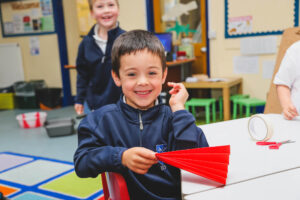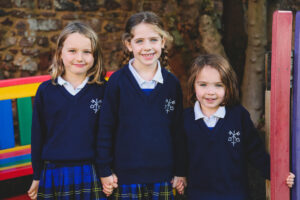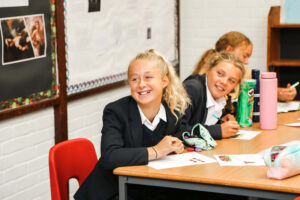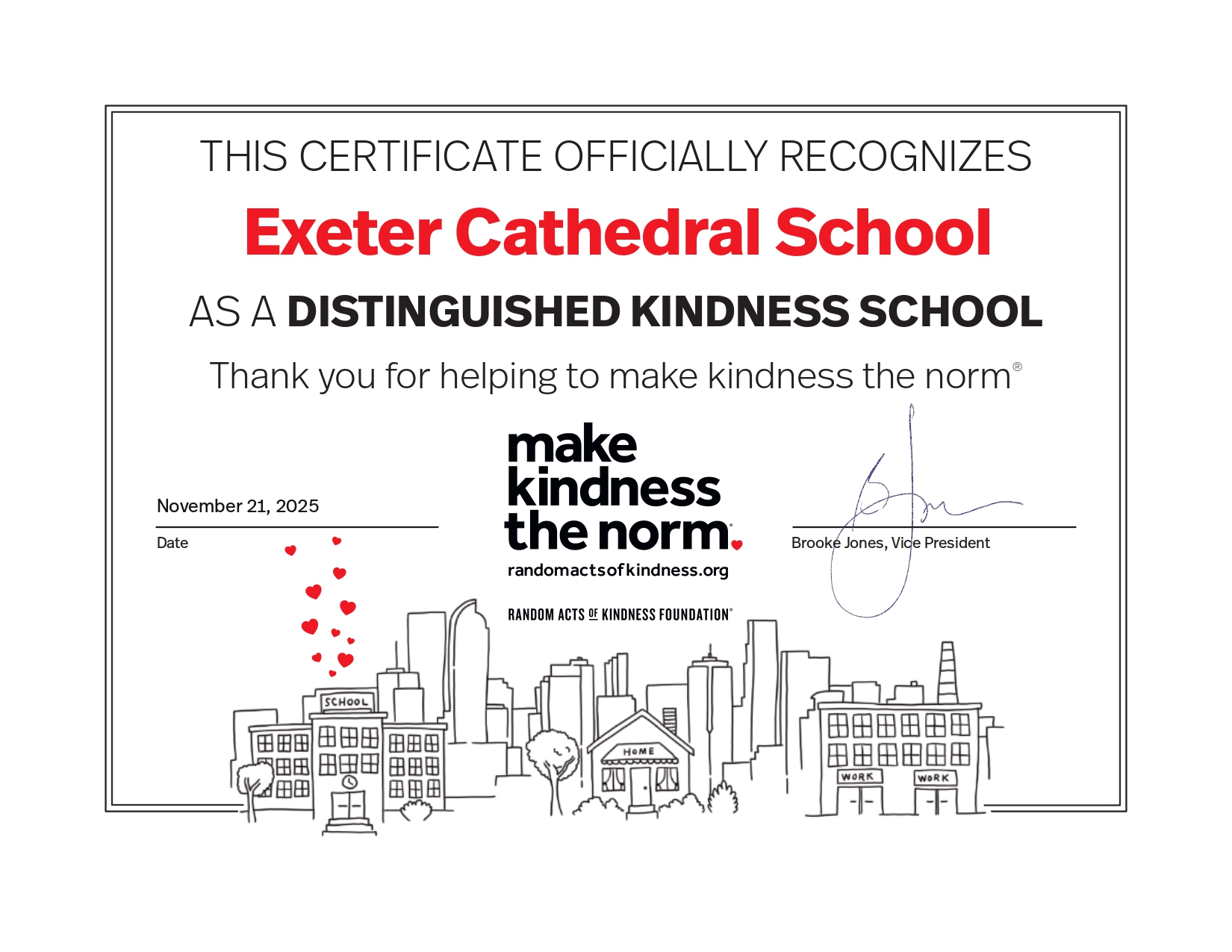As a teacher, standing in front of a classroom of pupils, you’re expected to be right.
You’re expected to spell words correctly and do mathematical equations quickly. You’re expected to know when music lessons happen and what we’re having for lunch on any given Tuesday. You’re expected to know why the area of a triangle is ½ bxh and why only special reindeers can fly.
In truth, we don’t have all the answers. In truth, sometimes we get the answers wrong.
For anyone that has spent long enough in my classroom, you will have heard the chant, “Teacher mistake, teacher mistake!”. This is the sound of 13 pupils, who are sitting in front of an ‘all knowing’ adult, witnessing them making a mistake.
Occasionally, I make these mistakes on purpose, but for the most part, they are genuine mistakes. I routinely spell ‘definately’ wrong… see… and my ‘facts’ are more often than not disproved by one of my pupils, and then, later, Google.
There would have been a time when I would have shied away from my mistakes, covered them up, brushed them over in the hope that no-one had noticed. Today, the sound of my class chanting, “Teacher mistake, teacher mistake!” floods my soul with joy.
In a world where knowledge is power, being right can feel crucial and not knowing can be daunting. Worse still, getting it wrong can be terrifying. But, over time, and after devouring everything Brene Brown has ever written, I’ve learnt that I’m not here to be right, I’m here to get it right.
My biggest learning curves have come from my mistakes. Sometimes something insignificant like the mistake of trying out a new fashion trend (leg warmers in July), sometimes the more consequential mistake of hurting someone or making a wrong choice and having to deal with the pain that follows. Big or small, unless I make mistakes, I can’t learn from them.
It’s not about misspelling something on the board or working out a sum incorrectly. The mistakes in the classroom act as a building block, a metaphor for life. If we can teach children that we, ‘the knowers’, get things wrong, if we can show children that there’s no shame in making mistakes, then we are building a foundation of trust. A space where children can be vulnerable, a space where children can raise their hand in times of uncertainty, a space where growth can come from not only the unknowing, but also the mis-knowing.
The classroom can be messy, but so can life. Let’s embrace the messiness, let’s embrace the mistakes and support our children and one another through them, because in the words of Phoebe Waller-Bridge, “That’s why they put rubbers at the end of pencils… because people make mistakes.”
Jessica Hinds
Year 4 Teacher







